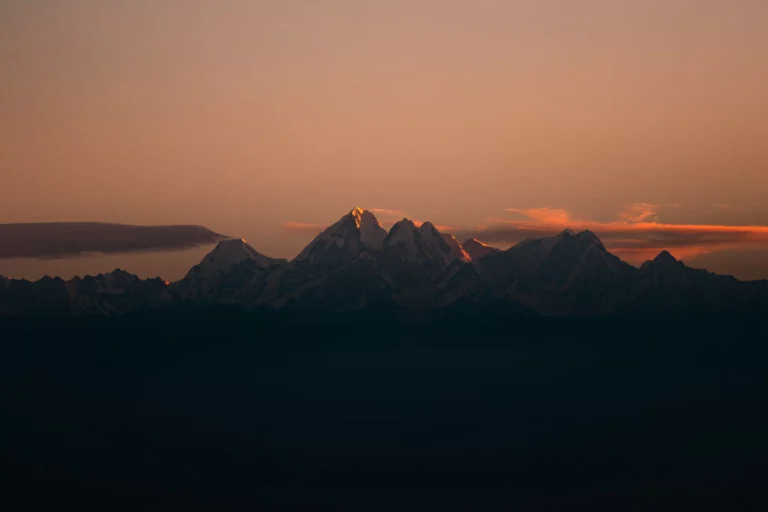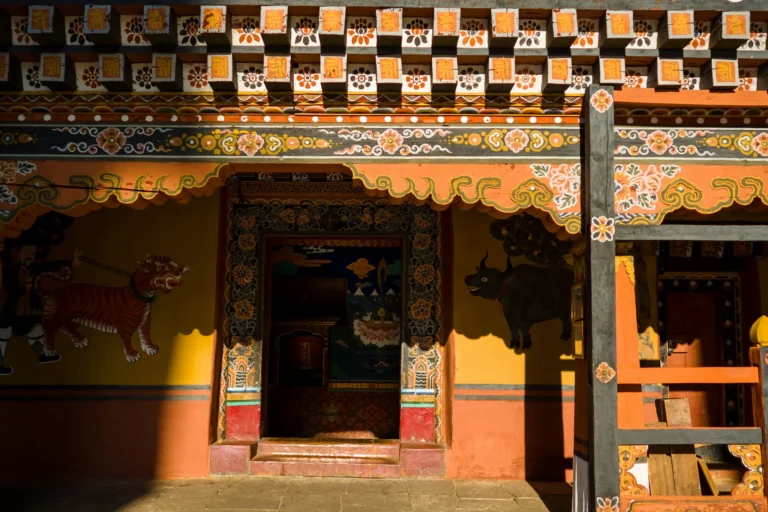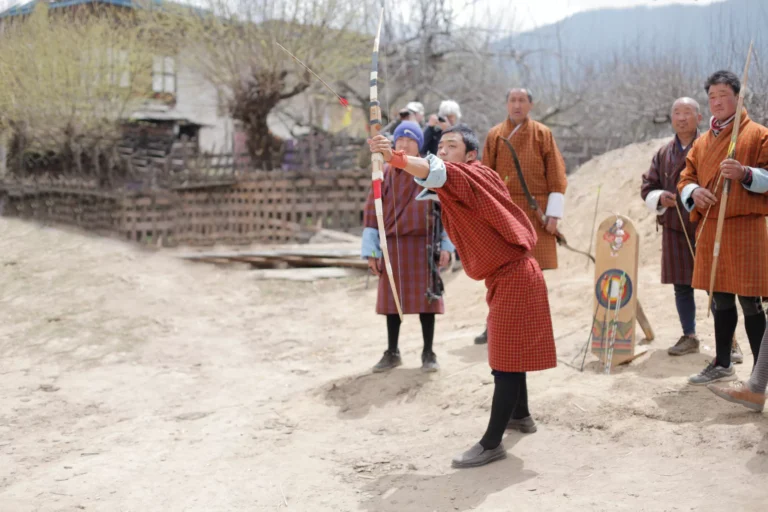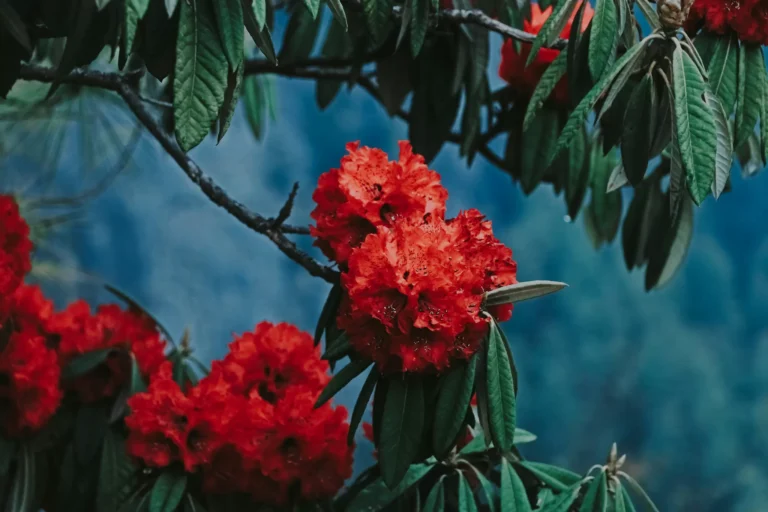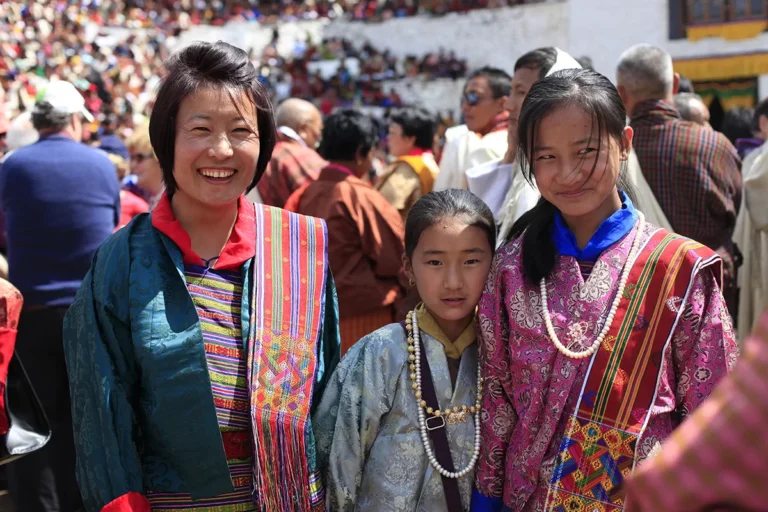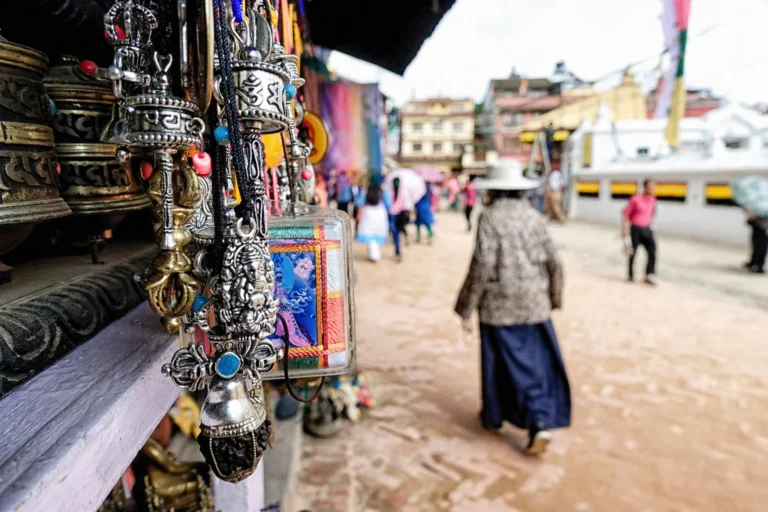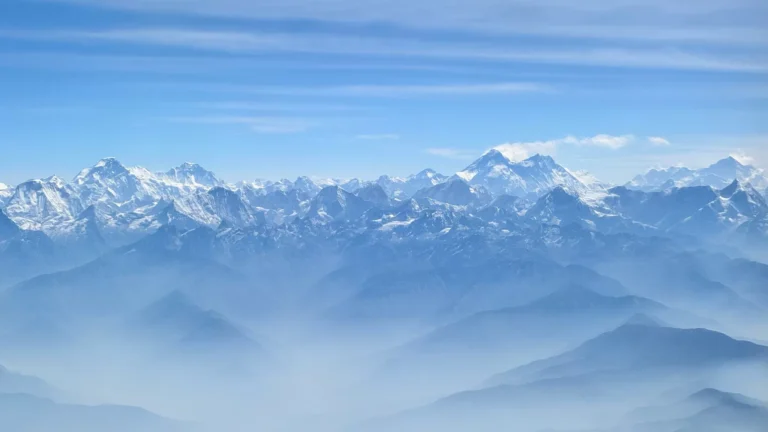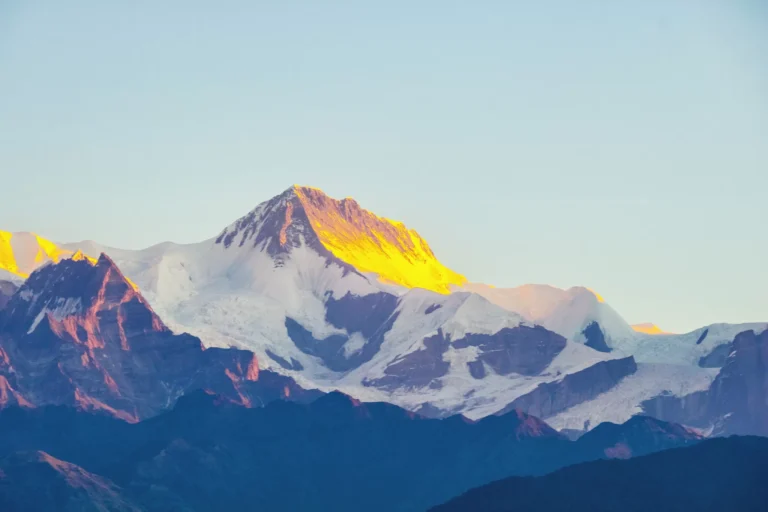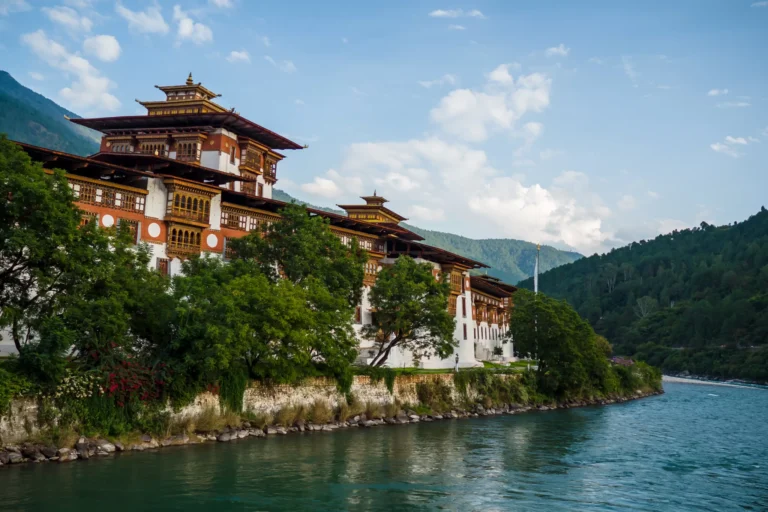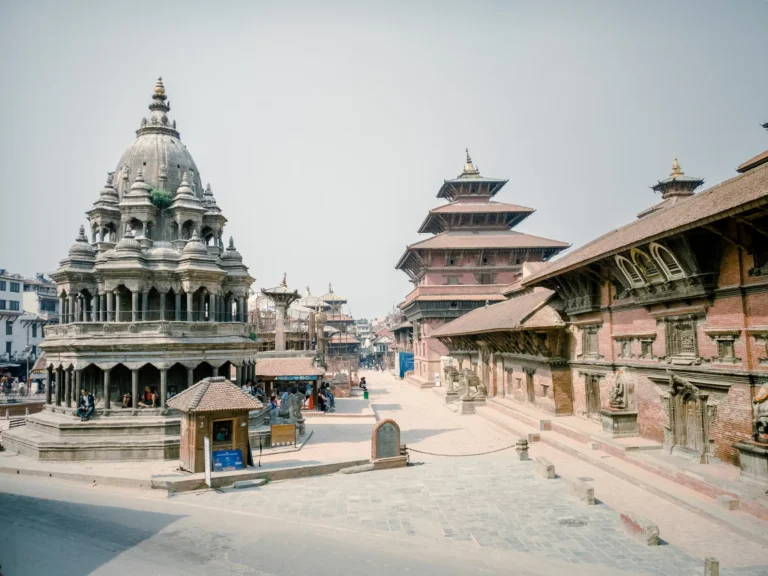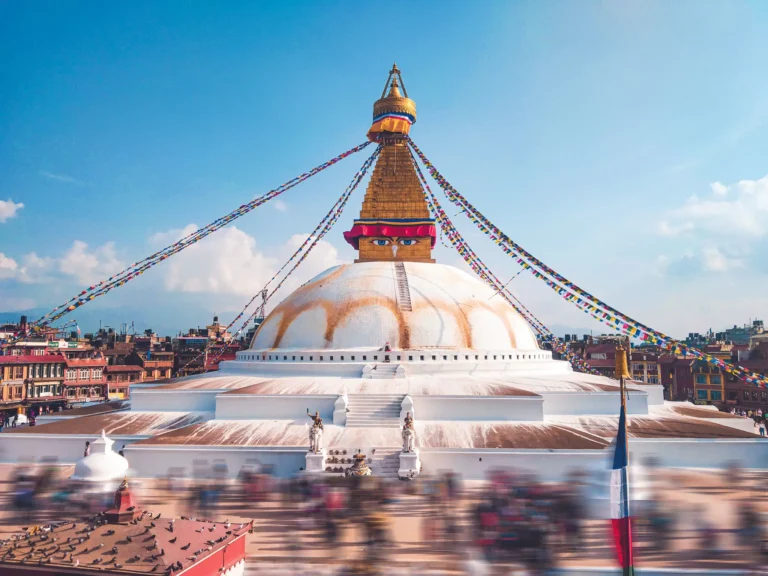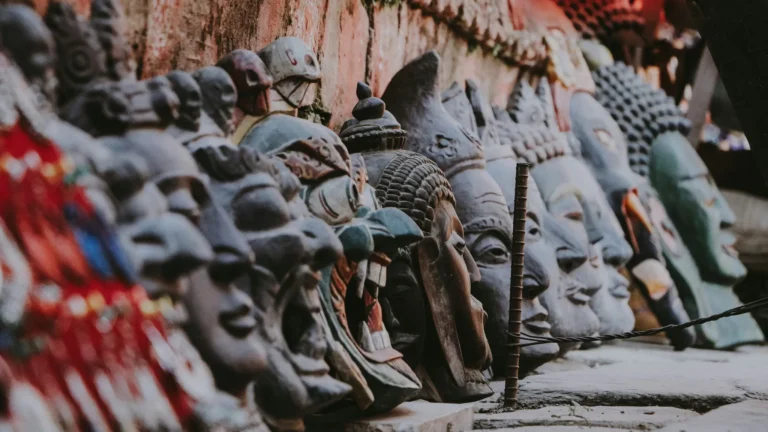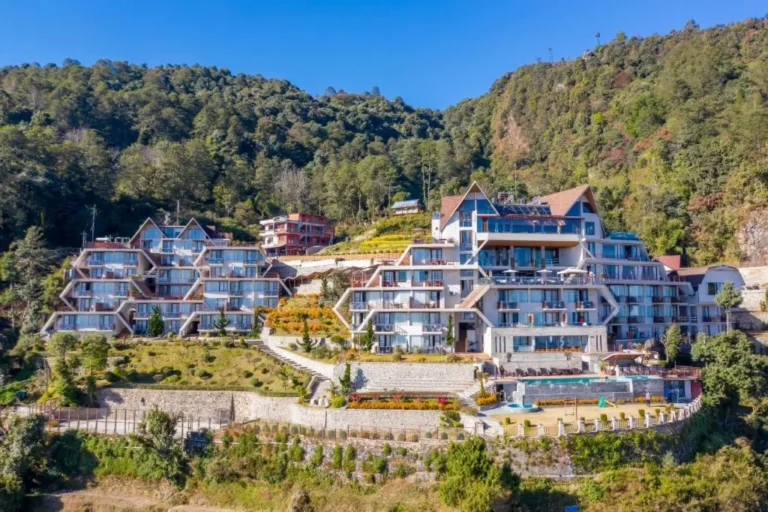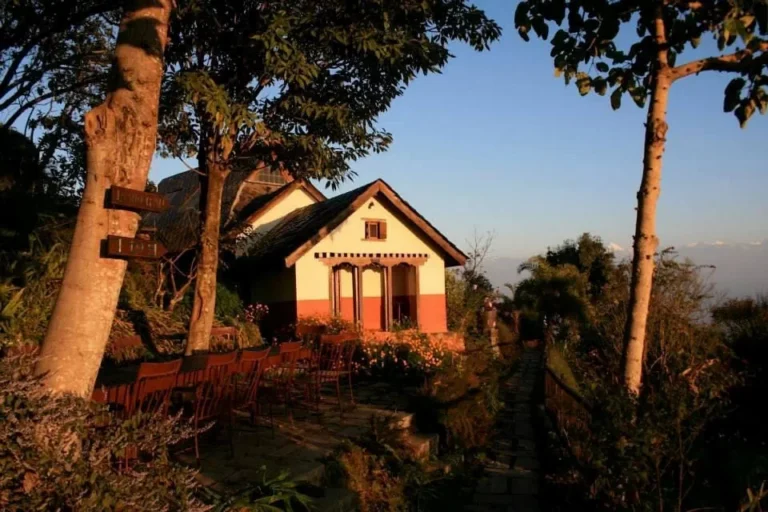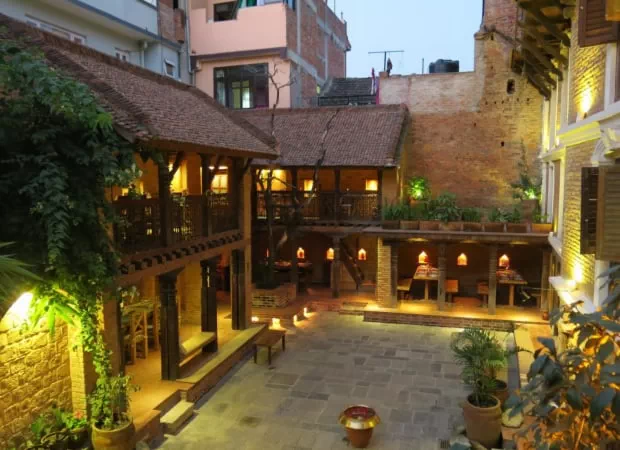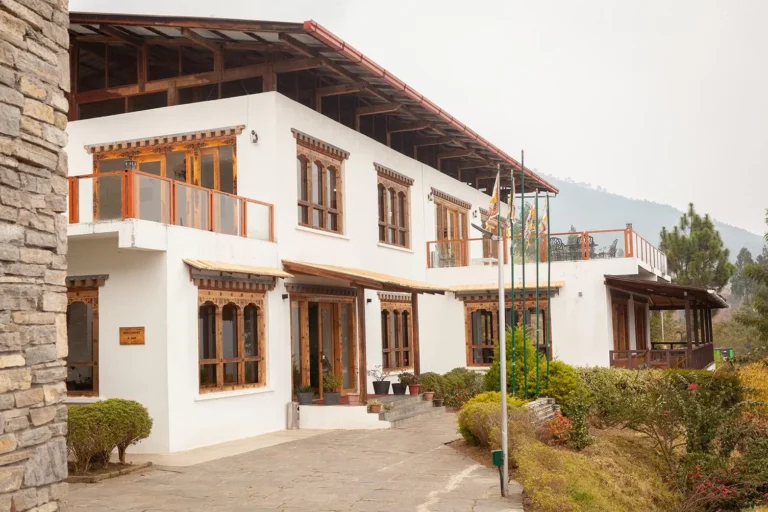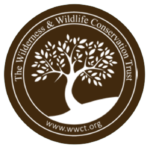A fortnight in the twin Himalayan lands of Nepal and Bhutan is a window into another world, where the mountains have shaped culture and traditions.
Start with Nepal, and see all the great cultural treasures of the Kathmandu Valley, including no less than six World Heritage Sites. Start off in Patan with its spectacular Durbar Square and Patan Museum. Explore Kathmandu’s stunning medieval temples and palaces of Durbar Sq. Get your Himalayan kick with mountain views at Nagarkot and Dhulikhel, and hike to the temple at Changu Narayan. Complete the trilogy of former royal kingdoms with a visit to Bhaktapur. Explore the sacred site of Namobuddha before returning to Kathmandu.
Walk to the towering stupa of Swayambhunath and visit the quirky National Museum. On your last day, you’ll have time for exploring the shopping streets of Kathmandu for unique souvenirs.
Bhutan’s snow-capped mountains, verdant valleys, dense jungles and crystal-clear rivers seem perfectly suited to its calming ancient Buddhist culture.
You’ll visit the major historical and religious sites in Paro, Thimphu and Punakha; watch the dawn break over the High Himalayas; hike to the top, or perhaps ride a mule to the iconic Tiger’s Nest monastery and visit the Buddha point to enjoy a bird’s eye view of the Thimphu valley.
